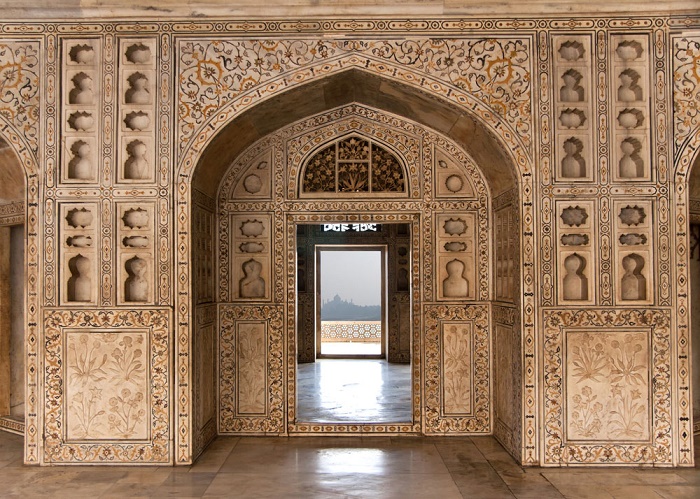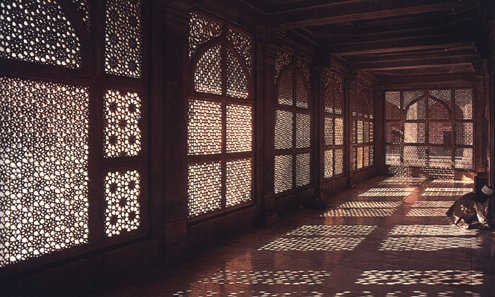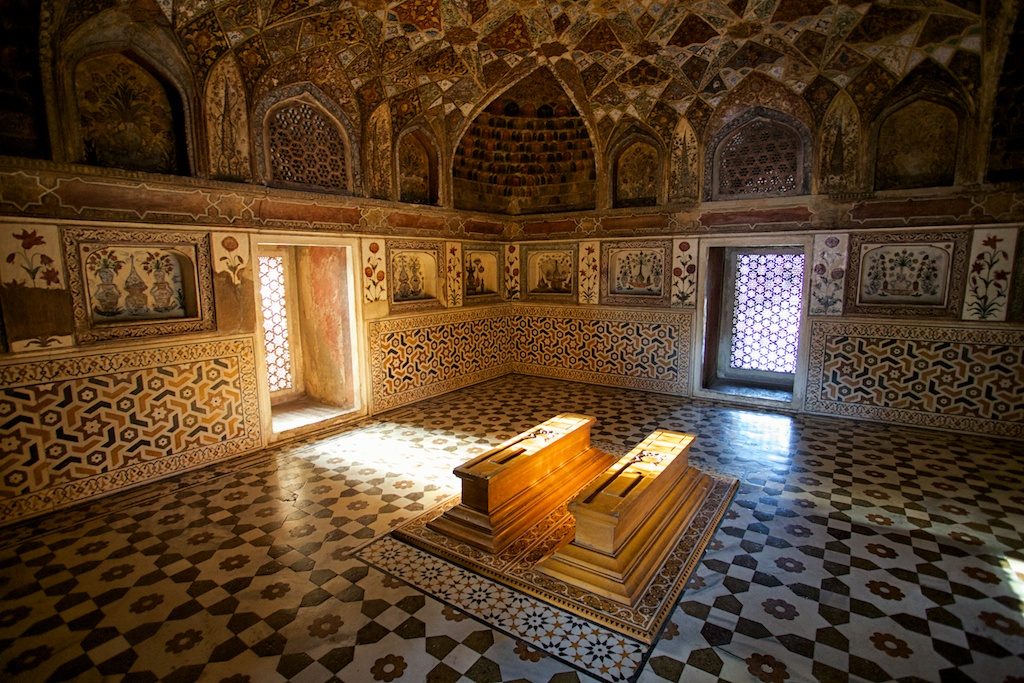7 Facts About The Taj Mahal You May Not Know
‘The teardrop on the face of time’ – as Rabindranath Tagore called it – has become the international symbol of India. It is the must-visit part of the itinerary of every India visitor, and everyone from the Beatles to the President of the United States has a taken a selfie in front of it.
Some well-known facts about the Taj are that it was built by the Mughal Emperor Shah Jahan as a memorial and mausoleum to his beloved wife Mumtaj Mahal, and that it is on the banks of the river Jamuna. However, it is always interesting to know some new facts and get some historical context, which will enrich our understanding of what we see and know.
Shah Jehan was a grieving emperor
Shah Jehan got engaged to Mumtaj in 1607, and got married to her in 1612 – after an unusually long engagement period of five years. He was 20 years old when they got married. They were happily married and had 14 children together in the 19 years of marriage. He became the emperor in 1628, 16 years after he got married, and would have been happy to rule with her at his side, but she died within 3 years of his ascending to the throne and left him a grieving widower. He had killed off all his brothers to get through to the throne, and now his beloved had died as well. Imagine his loneliness.
Shah Jehan spent almost his entire reign building the Taj Mahal
He reigned from 1628 to 1657, and was building the Taj from 1632 to 1653. Thus out of his 30 year reign, he spent 21 years building this monument for his dead wife.

Shah Jehan spent a huge fortune building this
An estimated 32 million rupees was spent on this, which is equivalent to almost a 1000 million US Dollars today. Put it this way – if the Taj were to be built today, the cost would be higher than the GDP of several countries!
The Taj was built with material from all over India and Asia
The marble came from Makrana in Rajasthan, the Jasper from Punjab, Jade and Crystal from China, Turquoise from Tibet, Lapis Lazuli from Afghanistan, Sapphire from Sri Lanka and Carnelian from Arabia. More than a 1000 elephants were required to transport material to the construction site.

Mumtaj Mahal died a thousand kilometers away from the Taj Mahal
She died in Burhanpur in Madhya Pradesh, which is almost a thousand KM from Agra. She was first buried in Zainabad in MP, and her body was moved to the Taj after 1643, more than 10 years later.

Shah Jehan was not allowed to enter the Taj Mahal by Aurangzeb
Aurangzeb took over the throne in a bloody coup barely four years after the Taj was completed, and threw his father into Agra jail. The old man had now lost all that was remaining of his family, as Aurangzeb killed off his brothers just as Shah Jehan had killed his. He was never allowed out of Agra Fort, and never even saw the Taj again for the remaining 8 years of his life. He was allowed into the Taj only after his death, when he was laid to rest next to his beloved wife.
The Mughal Empire disintegrated soon after the Taj was built
Aurangzeb was the last great Mughal Emperor, but a flawed and cruel one. The empire started crumbling immediately after his death, and Agra was attacked and the Taj looted by Rajasthani kings in the 17th century. By the 18 century, the empire was in the British hands, and the Taj had been looted many times and stripped of all the inlaid jewels. It is rumoured that the British had planned to demolish the Taj and auction off the marble, but luckily better thought prevailed and Lord Curzon ordered a sweeping restoration project of the Taj in the 19th century.
Bonus Fact
Shah Jehan brought the Mughal Empire to the peak of its glory, and built many other amazing monuments such as the Red Fort and Jama Masjid in Delhi, the Shalimar Gardens of Lahore, sections of the Lahore Fort, the Tomb of Jehangir, the whole city of Shahjanabad and the famous Peacock throne of Delhi.
Tempted to visit this beauty again? Stay with us at the Agra Regal Vista and enjoy the Taj and much more at the historic city of Agra. Book your trip now!

